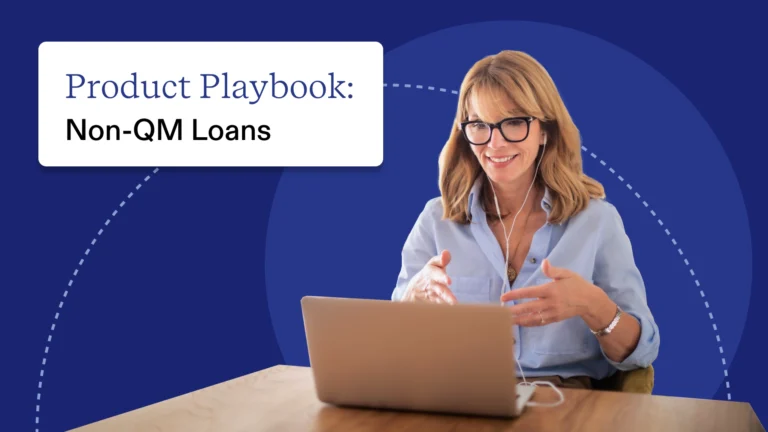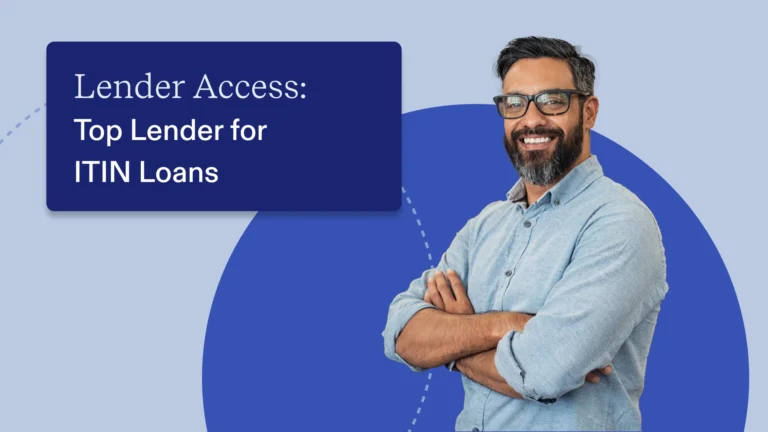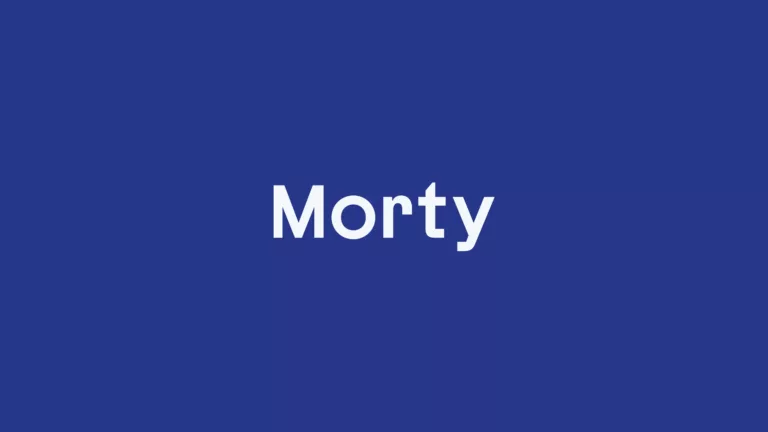The mortgage industry is changing—fast. And one of the biggest shifts? The rise of self-employed borrowers.
Today, more than 16 million Americans are self-employed, according to Pew Research. That number continues to grow post-pandemic as more people build businesses or freelance full time. But despite strong finances, many of these borrowers struggle to qualify for traditional mortgages.
That’s where bank statement loans come in.
A popular non-QM mortgage product, bank statement loans give brokers and loan officers a way to serve clients with real income—just not the kind that fits neatly into a W-2.
In this guide, we’ll break down how they work, who they’re for, and how to start offering them through Morty.
What is a bank statement loan?
A bank statement loan is a type of non-QM mortgage that uses bank deposits to verify income instead of traditional documents like tax returns or W-2s. Borrowers typically provide 12–24 months of personal or business bank statements. Lenders analyze deposits over time and apply an income calculation—no conventional income documentation required.
These loans are manually underwritten and still follow ability-to-repay standards. They’re especially useful for borrowers whose tax returns don’t reflect their true earning power due to write-offs or inconsistent income.
Who benefits from bank statement loans?
Bank statement loans are designed for borrowers with non-traditional income—people who don’t earn consistent W-2 wages but still have the financial strength to qualify. Common examples include:
- Small business owners who take draws or retain income in their business, leading to lower reported income on tax returns.
- Freelancers and consultants who may have inconsistent income month to month, but steady annual earnings across deposits.
- Gig economy workers and 1099 earners who are paid by multiple platforms and don’t have a single employer.
- Entrepreneurs with seasonal businesses who make most of their income during peak periods.
- Borrowers with large tax deductions who appear to have low net income on paper despite high actual cash flow.
These borrowers are often turned away by traditional lenders but can be excellent candidates for non-QM solutions.
How income is calculated
Lenders analyze a borrower’s bank deposits over 12 or 24 months and apply a calculation to determine monthly income. Here’s what that process typically includes:
- Borrower submits personal or business bank statements
- Lender averages total monthly deposits to calculate gross income. For example, if a borrower’s business account shows $240,000 in total deposits over 12 months, the lender may average that to $20,000/month gross income—before applying any expense factor.
- For business accounts, an expense factor (often 50%) is applied to estimate net income. This is because gross deposits don’t reflect take-home income—businesses have operating expenses. The expense factor accounts for those costs and helps lenders calculate a more conservative, realistic income figure.
- Some lenders may ask for a CPA letter, profit & loss statement, or business license to validate the legitimacy of the business and ensure the income is ongoing and stable. These documents help confirm that the borrower actually owns the business and that the income being used to qualify is sustainable.
Guidelines vary by lender, and understanding how to document income properly is key. Here’s more on income documentation.
What does the underwriting process look like?
Bank statement loans are manually underwritten, which means a human reviews the file—not just an automated system. This gives underwriters flexibility to evaluate unique financial scenarios, but it also means the loan officer needs to prepare a clean, well-documented file.
Here’s what a typical underwriting process includes:
- Income review: The underwriter will assess the bank statements, apply the appropriate expense factor (usually 50–70% for business accounts), and calculate a monthly income figure.
- Consistency checks: They’ll look for consistent deposits across months, identify any large one-off deposits, and assess the overall financial picture.
- Supplemental documentation: Some lenders may ask for a CPA letter, profit & loss statement, or business license to validate the income stream.
- Credit and reserves: Borrowers still need to meet minimum credit requirements and often need reserves—usually 3–12 months of mortgage payments depending on the program.
- Property and appraisal: Standard appraisal and title requirements still apply.
At Morty, our processing and fulfillment team is trained to prep non-QM files for underwriting success. We help ensure that income calculations, supporting docs, and lender overlays are all handled smoothly—so you can close faster with fewer back-and-forths.
Why these loans are growing in 2025
Several trends are driving a surge in bank statement lending:
- More self-employed borrowers entering the homebuying market
- Increased write-offs and complex tax situations post-COVID
- Tighter DTI and documentation requirements on conventional loans
- Rising demand for speed and flexibility
At Morty, we’ve supported bank statement loans that closed in under two weeks. That kind of efficiency gives brokers a serious edge in today’s market.
What you need to offer bank statement loans
To succeed in this space, loan officers and brokers need more than just access to a lender. You need a full infrastructure that supports these deals from intake to close—Morty provides exactly that.
Lender access: Morty partners with a large network of non-QM lenders offering competitive bank statement programs.
Modern POS: Our Point-of-Sale platform makes it easy to collect statements, documents, and disclosures—all in one place.
Fulfillment support: Morty’s processing and fulfillment team is trained on non-QM loans and supports fast, clean closings—without the back-and-forth.
Smart tools: Rosey AI gives you real-time answers to qualification, income calculation, and documentation questions while you’re working the file.
With Morty, you get the tools and support to originate bank statement loans confidently, efficiently, and at scale.
Start closing bank statement loans today
Bank statement loans aren’t just a niche—they’re a growing opportunity. As more borrowers turn to self-employment and conventional guidelines get tighter, having this product in your toolkit sets you apart.
With Morty, you’re set up to win in the non-QM space—starting now.







